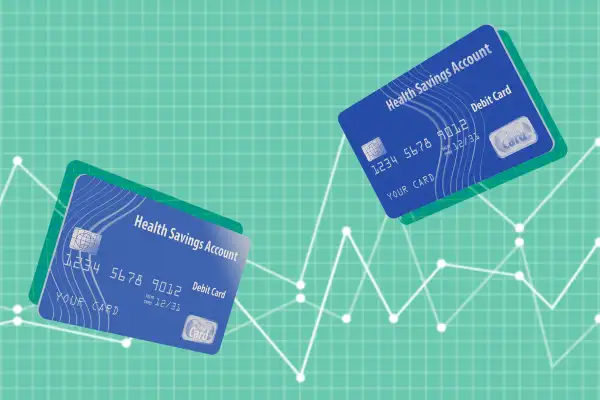This Underutilized HSA Perk Can Supercharge Your Savings

If you have a health savings account (HSA), chances are you're missing out on its full potential.
The vast majority of Americans with HSAs aren’t investing their contributions, according to recent research — and are thereby leaving a sizable amount of money on the table.
About 36 million Americans have HSAs, which are tax-advantaged accounts available to those enrolled in high-deductible health plans. The funds must be used on certain medical or dental expenses including deductibles, copays, over-the-counter drugs and menstrual products.
HSAs have a slew of tax benefits: Contributions are tax deductible, qualifying withdrawals aren’t taxed and neither are any earnings on the savings. (If you have an HSA, you probably already heard this much in the pitch from your HR department.)
However, there’s another largely underutilized HSA perk. In most cases, your contributions can be invested in mutual funds, brokerage accounts or certificates of deposit to supercharge your earnings.
HSA investments: a missed opportunity
Of all HSAs nationwide, only 7.5% of accounts have any portion of their contributions invested, according to the latest data from the HSA consulting firm Devenir.
Part of the reason why that figure is so low, a separate survey indicates, is that not all HSA providers allow you to invest your savings. While consumer-facing HSAs at banks and investment firms are starting to catch on, the majority of HSAs are offered through the workplace as an employee benefit, and only 61% of employers offer HSAs with investment options, according to the trade group Plan Sponsor Council of America (PSCA).
Even so, the folks who are enrolled in HSAs with investment options largely do not take advantage of the opportunity. PSCA’s survey found that only 19% utilized their HSA’s investment option.
And that is likely due to people not fully understanding their HSA benefits. And who could blame them? The accounts are quite complex. For instance, they have strict qualifications, contribution caps (in 2024: $4,150 for individuals and $8,300 for families) and withdrawal limitations.
Whatever the cause, the consequences of not investing HSA contributions are steep. Denevir’s data shows that the average account balance for people who invested their contributions in 2023 is $18,362 — a whopping 7.3 times the size of the non-invested account.
Especially through employer plans, you may need a minimum balance (often $1,000) in your account to start investing. Different plans offer different investments, so check in with either your HR department or your HSA provider to learn about which options are available to you.
More from Money:
7 Best Roth IRA Accounts of 2023
2024 Tax Brackets: IRS Increases Income Thresholds, Standard Deduction Due to Inflation
Workers Lose $3 Billion a Year in FSA Contributions (and Employers Get to Keep It)


